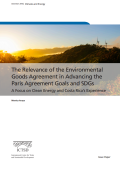
The purpose of this paper is to explore the potential role of the Environmental Goods Agreement (EGA) under the auspices of the World Trade Organization (WTO) in supporting the objectives of the Paris Agreement and the sustainable development goals of 2015, paying particular attention to potential benefits for developing countries. It analyses whether and how joining the EGA could bring benefits to developing countries that might be able to access clean energy technologies at a lower cost.
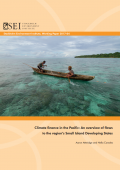
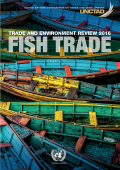
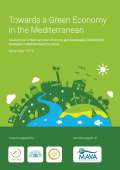
This report presents the results of a review exercise covering Green Economy (GE) strategies and Sustainable Development (SD) policies in almost all Mediterranean countries. An extensive literature review was conducted over a three-month period followed by a methodological assessment of the findings which was complemented by an on-line survey addressed to key regional and national GE/SD actors that brought in useful insights on what is happening on the ground in the countries. Based on these findings and the valuable inputs of an expert workshop that took place in Morocco (Tangier, 20 July 2016) this document proposes a number of concrete recommendations that aim to accelerate the much needed transition towards a Green Economy in the Mediterranean region.
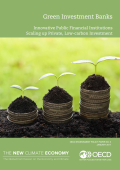
This Policy Paper describes the relatively new phenomenon of publicly-capitalised green investment banks and examines why they are being created and how they are mobilising private investment. It draws on the OECD report “Green Investment Banks: Scaling up Private Investment in Low-carbon, Climate-resilient Infrastructure".
